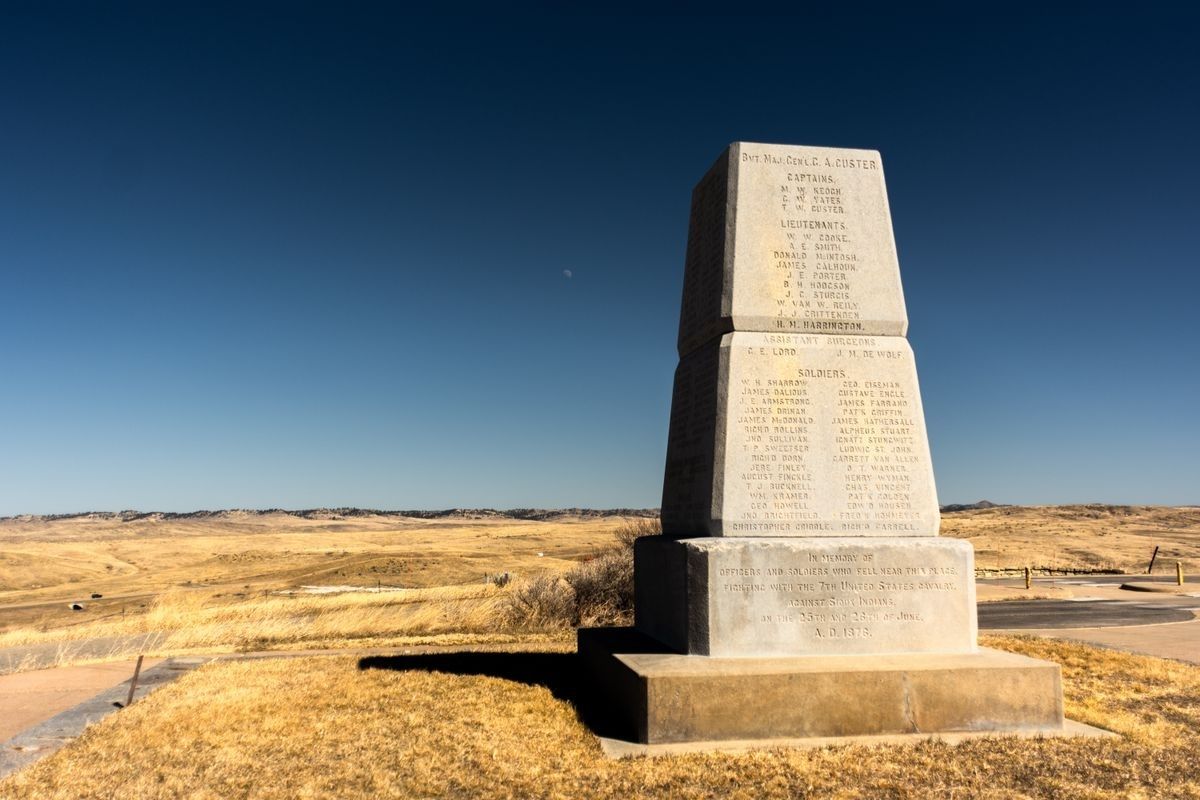Montana’s Little Bighorn Battlefield National Monument Revealed

Have you ever wondered about the history behind Montana's Little Bighorn Battlefield National Monument? This historic site marks the location of the famous Battle of the Little Bighorn, where General Custer and his troops faced off against the combined forces of the Lakota, Northern Cheyenne, and Arapaho tribes. Visiting this monument offers a unique glimpse into a pivotal moment in American history. You can walk the battlefield, see memorials dedicated to both sides, and learn about the strategies and stories that shaped this significant event. Whether you're a history buff or just curious, this site provides a fascinating look into the past.
Montana's Little Bighorn Battlefield National Monument Revealed
Montana's Little Bighorn Battlefield National Monument is a place where history comes alive. This site marks the location of the famous Battle of the Little Bighorn, where General Custer made his last stand. Let's explore the key spots within this historic monument.
Custer National Cemetery
The Custer National Cemetery is a solemn reminder of the lives lost during the battle. Walking through the cemetery, you can feel the weight of history and honor those who fought bravely.
- Gravesites: The cemetery contains the graves of soldiers, scouts, and civilians who died in the battle. Each headstone tells a story of bravery and sacrifice.
- Memorials: Various memorials honor the fallen, including a monument dedicated to the 7th Cavalry Regiment.
- Visitor Center: The Visitor Center offers exhibits and information about the battle, providing context to the cemetery's significance.
Last Stand Hill
Last Stand Hill is the iconic location where General Custer and his men made their final stand. This spot offers a panoramic view of the battlefield, allowing visitors to imagine the intense conflict that took place.
- Custer's Marker: A white marble obelisk marks the spot where Custer fell. It's a poignant reminder of the battle's climax.
- Markers of the Fallen: Scattered around the hill are markers indicating where soldiers fell, giving a sense of the battle's scale.
- Indian Memorial: Nearby, the Indian Memorial honors the Native American warriors who fought to protect their way of life.
Reno-Benteen Defense Site
The Reno-Benteen Defense Site is where Major Reno and Captain Benteen held their ground against overwhelming odds. This site highlights the strategic maneuvers and desperate fighting that characterized the battle.
- Reno's Position: Markers indicate where Major Reno's troops took cover and fought off attacks.
- Benteen's Position: Captain Benteen's defensive position is also marked, showing how the two groups coordinated their efforts.
- Survivor's Hill: This hill offers a vantage point where survivors regrouped after the battle, providing a sense of relief and survival.
Deep Ravine Trail
The Deep Ravine Trail offers a chance to walk in the footsteps of history. This trail leads to a ravine where some of the fiercest fighting occurred.
- Interpretive Signs: Along the trail, signs provide information about the battle and the movements of both sides.
- Scenic Views: The trail offers stunning views of the surrounding landscape, helping visitors understand the terrain's impact on the battle.
- Wildlife: Keep an eye out for local wildlife, adding a natural element to the historical experience.
Indian Memorial
The Indian Memorial is a tribute to the Native American warriors who fought in the Battle of the Little Bighorn. This memorial acknowledges their bravery and the significance of their struggle.
- Spirit Warriors Sculpture: A striking sculpture represents the Native American warriors, capturing their spirit and determination.
- Peace Through Unity: The memorial's theme emphasizes reconciliation and understanding between cultures.
- Prayer Wheel: A prayer wheel invites visitors to reflect on the battle's impact and the importance of peace.
Conclusion
Montana's Little Bighorn Battlefield National Monument is a place of reflection and learning. Each site within the monument offers a unique perspective on the battle, honoring those who fought and providing valuable historical insights.
Reflecting on Montana's Historic Gem
Montana's Little Bighorn Battlefield National Monument offers a unique glimpse into a pivotal moment in American history. Visiting this site, you can walk the grounds where the Battle of Little Bighorn took place, see the memorials, and learn about the bravery and tragedy that unfolded here. The monument serves as a powerful reminder of the clash between cultures and the sacrifices made by both Native American tribes and U.S. soldiers.
Exploring the visitor center, reading the detailed plaques, and taking guided tours enriches your understanding of this historic event. Whether you're a history buff or just curious, this monument provides a meaningful experience. Plan your visit to Montana's Little Bighorn Battlefield National Monument to connect with the past and gain a deeper appreciation for the stories that shaped our nation.

